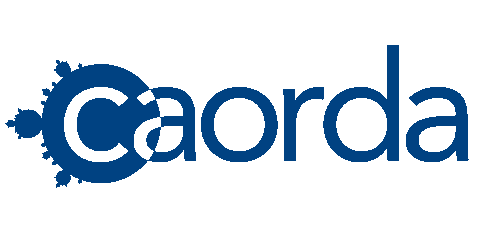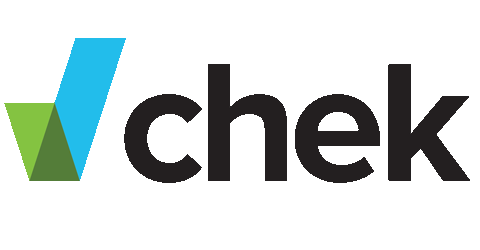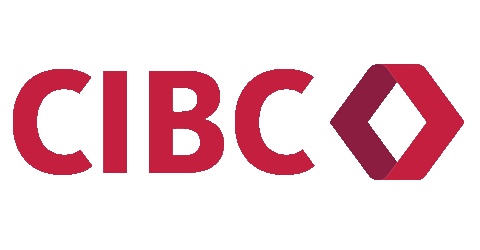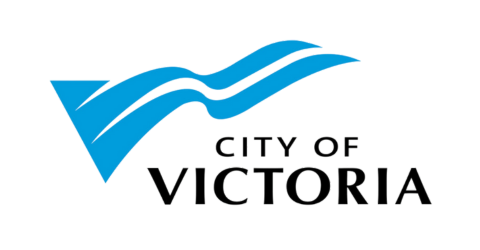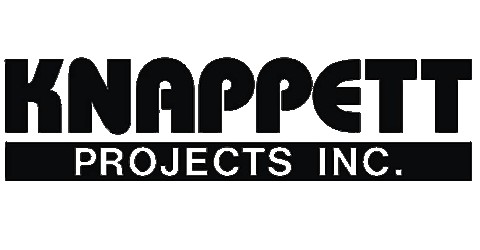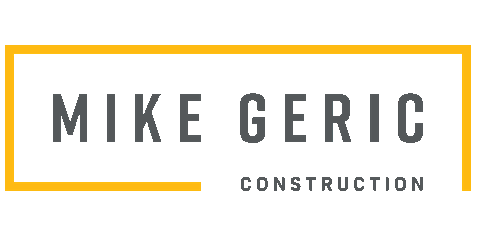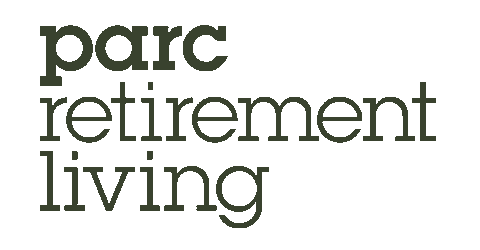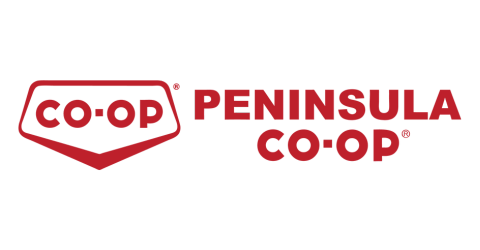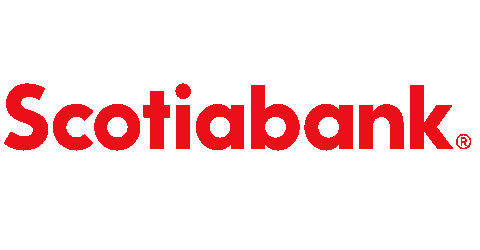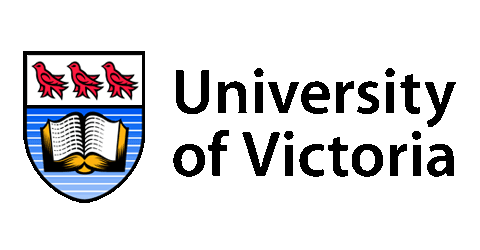How do we plan for recovery and the new normal?

The Chamber, like all of you, has had to profoundly restructure the way we do business in order to carry on. We’ve been using every channel available to connect with decision makers at all levels of government, and our team has worked diligently to get accurate information about relief programs out to our members.
We’re also continuing to host our highly regarded fireside chats with subject experts. But instead of shaking hands in elegant settings with dozens of business leaders as guests, we’re now using the tools available. Facebook Live, Zoom and Skype and other technological solutions have helped us continue to give our members a chance to hear directly from the federal Minister of Middle Class Prosperity and Associate Minister of Finance, Mona Fortier, and BC Finance Minister Carole James. Members have also been able to ask their own questions directly, and this has proven a very effective way to help both business and government better understand what is needed to get through this crisis together.
And that is really what everything is all about right now. We need to survive and we need to be ready to thrive when restrictions affecting our economy can be safely lifted.
To help prepare for the inevitable shift to the yet another new normal, we hosted a fireside chat on April 15 with Jamie Sawchuk, BC Government and Public Service Leader at Deloitte.
Jamie and his team are working with government to help get us to better days ahead. Deloitte has developed a dashboard titled “Predicting the post-pandemic rebound – A live look at Canada’s economy to prepare businesses for recovery.”
The dashboard is public — you can find it at VictoriaChamber.ca/covid-19 under Helpful Links.
Because of the scale of the economic impact caused by COVID-19, there is no precedent we can use to plan for recovery. The Deloitte dashboard gets around this by providing real-time data that illustrates emerging trends, such as traffic patterns. We can use this data to see what has happened to other jurisdictions ahead of us on the curve.
When restrictions on going shopping are lifted, will people return to buying goods and services in person? Or will they first rush out of their homes to enjoy being outside but continue buying what they need online. Metrics from other regions can help Greater Victoria retailers understand what to expect when restrictions are lifted here.
Government is also looking at this information as they try to provide the right stimulus to re-start a thriving economy. Is there a tool, such as a coupon, that can be used to spur people to go back to patronizing local shopkeepers? How can we stagger the recovery to mitigate the next wave of the virus?
Does this mean that young people who are lower risks will have more freedom to move around than seniors who are more susceptible to serious illness?
As we continue to flatten the curve, we will get a better sense of what kind of world we will emerge into. Jamie, a self-proclaimed optimist, wonders if the exceptional cooperation we’re seeing between BC and Alberta and between governments and business will result in a better quality of life for everyone in the future.
Until then, we all need to do our part to stay safe and healthy. Physical distancing is proving to be effective medicine and, as Jamie said, we all need to keep taking our medicine.





